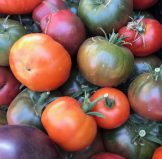 HARLEQUIN’S GARDENS 2024 TOMATO STARTS
HARLEQUIN’S GARDENS 2024 TOMATO STARTS
| “Anasazi” |
| Aunt Ruby’s German Green |
| Beam’s Yellow Pear |
| Better Boy hyb. |
| Big Rainbow |
| Black from Tula |
| Black Krim |
| Brown Sugar |
| Black Sea Man |
| Blush |
| Burrell’s Special |
| Bush Early Girl |
| Carbon |
| Carmello hyb. |
| Cascade Village Blue |
| Cherokee Purple |
| Chianti Rose |
| Chocolate Cherry |
| Cosmonaut Volkov |
| Early Girl Hyb. |
| Flaming Burst |
| Floradade |
| Garden Peach |
| Glacier |
| Gold Medal |
| Gold Nugget |
| Green Zebra |
| Isis Candy cherry |
| Japanese Blk Trifele/Black Truffle |
| Jaune Flamme |
Juliet hyb
| Large Red Cherry |
| Maglia Rosa |
| Martino’s Roma |
| Matt’s Wild Cherry |
| Mexico Midget |
| Moskvitch |
| Mountain Delight Hyb |
| Native Sun |
| Orange King |
| Paul Robeson |
| Peacevine cherry |
| Pink Berkeley Tie-Dye |
| Pink Brandywine, Sudduth Strain |
| Pink Bumblebee |
| Principe Borghese |
| Pruden’s Purple |
| Red Robin |
| San Marzano II |
| Sasha’s Altai |
| Striped German |
| Stupice |
| Sun Gold hyb |
| Sunrise Sauce |
| Super Sioux |
| SuperSweet 100 hyb |
| Sweetie |
| Tasmanian Chocolate |
| Taxi |
| Thessaloniki |
| Tidy Treats hyb |

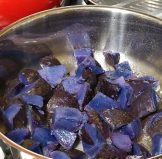
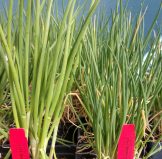
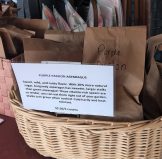
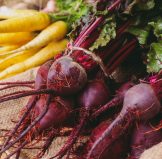 from Mitten Lowe at
from Mitten Lowe at 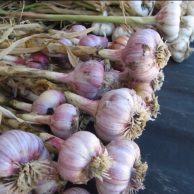
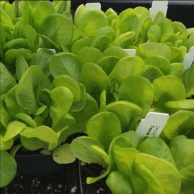
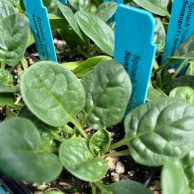
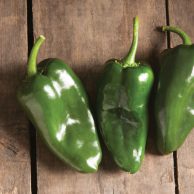
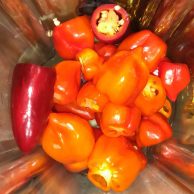
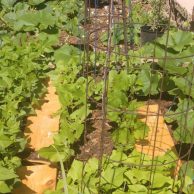 Okay, you prepared your soil and planted your vegetable garden with all kinds of wonderfully flavorful, nutritious foods, you’re watering and watching them grow, and wondering ….. When can I start to eat them, how do I harvest them, and how do I get the most out of these plantings? Here are some tips on vegetable crops harvest timing and techniques that may not be self-evident. Even if you’re a seasoned gardener, you may not be aware of some of these procedures!
Okay, you prepared your soil and planted your vegetable garden with all kinds of wonderfully flavorful, nutritious foods, you’re watering and watching them grow, and wondering ….. When can I start to eat them, how do I harvest them, and how do I get the most out of these plantings? Here are some tips on vegetable crops harvest timing and techniques that may not be self-evident. Even if you’re a seasoned gardener, you may not be aware of some of these procedures! 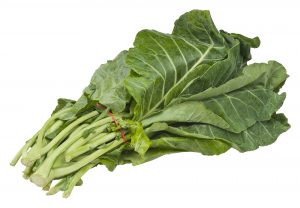
 We are here for you! You’re in the high desert/steppe now, with short growing seasons, sudden temperature changes, unpredictable precipitation, low humidity, drying winds, alkaline soils that are low in organic matter and nitrogen, hot summers and cold winters. Despite these challenges, gardens can thrive here, and be productive, rewarding and beautiful!
We are here for you! You’re in the high desert/steppe now, with short growing seasons, sudden temperature changes, unpredictable precipitation, low humidity, drying winds, alkaline soils that are low in organic matter and nitrogen, hot summers and cold winters. Despite these challenges, gardens can thrive here, and be productive, rewarding and beautiful!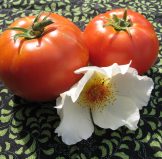 The bad news is that last week’s small delivery of tomato starts froze when the wind blew open the back door of our greenhouse in the middle of the night.
The bad news is that last week’s small delivery of tomato starts froze when the wind blew open the back door of our greenhouse in the middle of the night.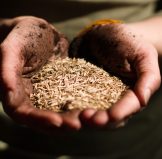 “The less biodiverse any system is, the greater the potential for its collapse.” Janisse Ray, from The Seed Underground: A Growing Revolution to Save Food.
“The less biodiverse any system is, the greater the potential for its collapse.” Janisse Ray, from The Seed Underground: A Growing Revolution to Save Food.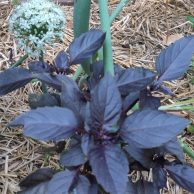 Basil is one of the great culinary pleasures of summer, and it’s definitely NOT TOO LATE to plant Basil and enjoy a good crop! Basil plants are beautiful, grow equally well in the ground or in pots, thrive in hot weather, provide a continuous, bounteous crop, and Basil’s many different flavors are essential to a variety of distinctive cuisines. It can be used fresh, dried, or frozen in oil or as pesto. Though basil leaves lose most of the aromatic oils when dried, we have still found that basil dried from your garden is so much more flavorful than commercial dried basil.
Basil is one of the great culinary pleasures of summer, and it’s definitely NOT TOO LATE to plant Basil and enjoy a good crop! Basil plants are beautiful, grow equally well in the ground or in pots, thrive in hot weather, provide a continuous, bounteous crop, and Basil’s many different flavors are essential to a variety of distinctive cuisines. It can be used fresh, dried, or frozen in oil or as pesto. Though basil leaves lose most of the aromatic oils when dried, we have still found that basil dried from your garden is so much more flavorful than commercial dried basil.
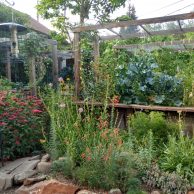 Yes, you can still plant many vegetables and annual flowers, now at greatly reduced prices! If you are lucky enough to have a greenhouse, you can grow most peppers, eggplants and tomatoes year-round. In the open garden, look for vegetable varieties that mature the fastest – cucumbers and summer squash, tomatoes, and peppers at 75 days or less. And Kale can still be planted in locations with afternoon shade.
Yes, you can still plant many vegetables and annual flowers, now at greatly reduced prices! If you are lucky enough to have a greenhouse, you can grow most peppers, eggplants and tomatoes year-round. In the open garden, look for vegetable varieties that mature the fastest – cucumbers and summer squash, tomatoes, and peppers at 75 days or less. And Kale can still be planted in locations with afternoon shade.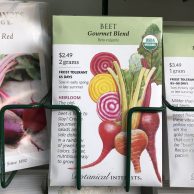
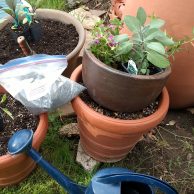 Q: Can I plant now?
Q: Can I plant now?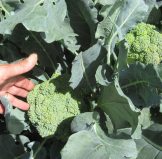 COOL SEASON VEGGIES
COOL SEASON VEGGIES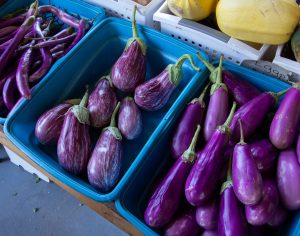 EGGPLANTS
EGGPLANTS